JSW MG
I absolutely despise it when OEMs sneakily alter the Terms and Conditions of a deal, or when they're as vague as a politician's promise. The auto media in this country won't dare to challenge them, so I decided to dive into the muck myself. Subscribe to show support. If you can, opt for the paid subscription!
Let's talk about JSW MG Motor India. In a concerning update, MG has altered its promise for Windsor owners who took delivery before December 31, 2024. Initially, they offered unlimited free charging, but now they've capped it at just 1000 units. For context, a single trip from Mumbai to Delhi can consume around 200 units. This change means that what was marketed as a year of free charging has now been drastically reduced.
I sincerely hope that legal experts are examining this. Beyond potential lawsuits, this move by MG paints a troubling picture of the company's reliability and integrity, likely leading to a significant loss of consumer trust. On the other hand, Tata EV had a similar deal, and they were clear on the number of free units right at the start.
TataEV
Last week, TataEV hosted an event where they discussed EV infrastructure at length. Full disclosure: I wasn't there, which means I'm under no Non-Disclosure Agreement (NDA) to keep quiet about my thoughts on their claims. Remember, last time they had an NDA, and let's just say it didn't end well. I wonder if this NDA business also applies to the media attendees.
I'm no expert on EV charging, and Tata certainly has more data at their disposal than I do. However, I'm simply looking at the numbers and the data I've gathered as of December 2024.
The photos from the event are sourced from AutoCar India's thread on X. For finer details, here’s the press release from Tata Motors. Before we get into further details about this, let us be clear on the terminology. Here’s a handy post by TeslaClubIndia on what is a charger, charging station and connector.
Fast chargers available at every 5-7 km in key metros, which I assume includes Mumbai, Delhi NCR, Chennai, Pune and Jaipur.
Here are the charts from 2412 EVInfraBI intelligence tool. The data is from December 2024.
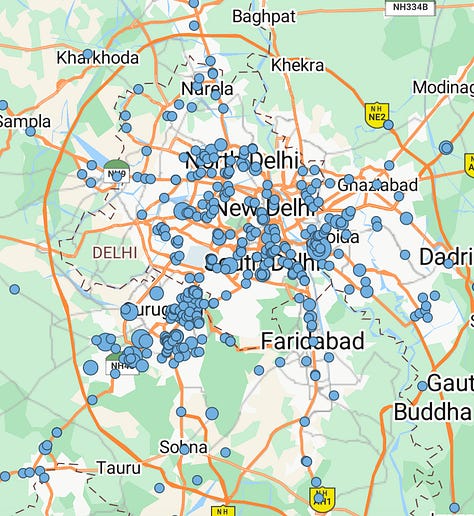
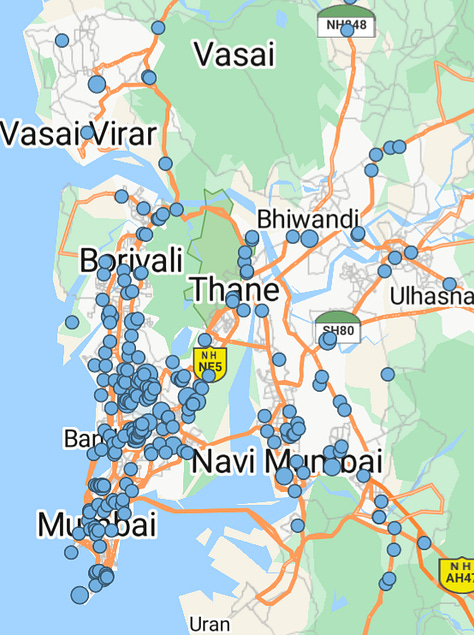
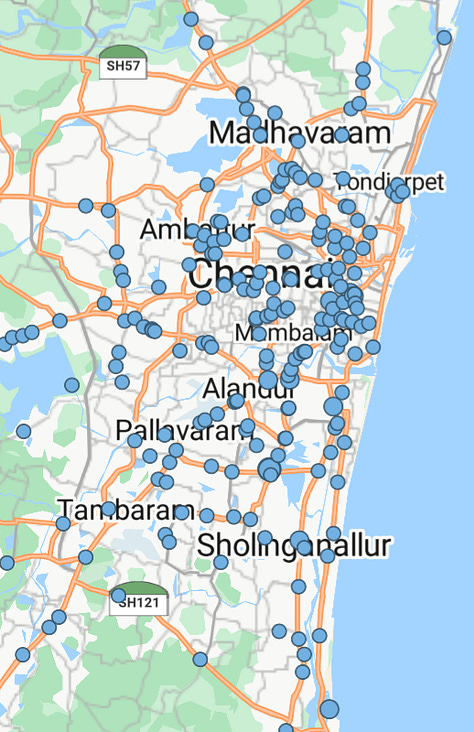
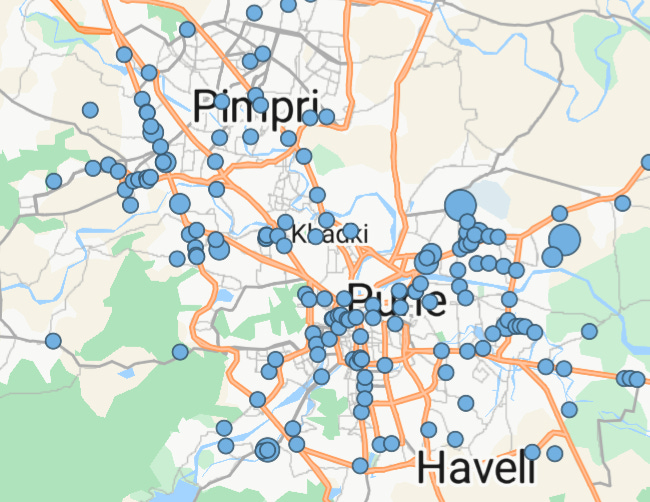
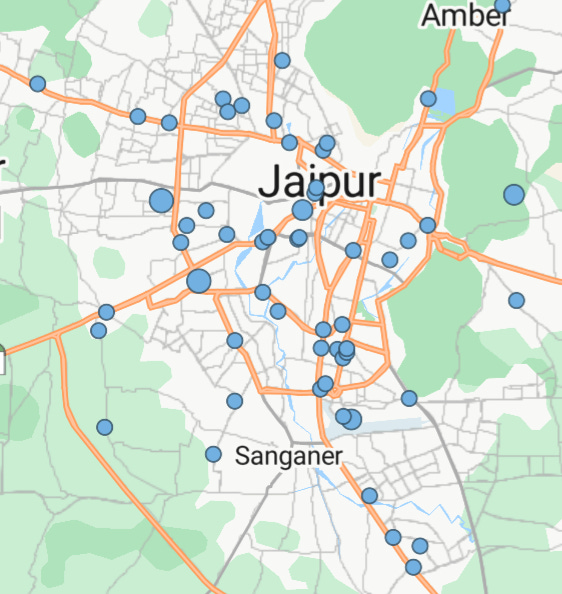
According to Brihanmumbai Municipal Corporation, the total road length in City, Western Suburbs and Eastern Suburbs was 1941 kms in 2016.
This data doesn’t cover the extensive road network in other parts of Mumbai Metropolitan Region, which includes areas like Bhiwandi, Kalyan Dombivali, Mira Bhayandar, Navi Mumbai, Panvel, Thane, Ulhasnagar, Vasai-Virar, Ambarnath, Kulgaon-Badalapur, Matheran, Karjat, Khopoli, Pen, Uran, Alibaug and Palghar, along with more than 1,000 villages in Thane, Raigad and Palghar Districts. A rough estimate suggests that in 2016, the total road length in these areas was well over 3000 km. Adding a modest 500 km of roads over the past nine years brings the total to approximately 3500 km across the Mumbai Metropolitan Region.
According to 2412 EVInfraBI, there are 378 CCS2 connectors in the Mumbai Metropolitan Region. This translates to one CCS2 connector for every 9.25 km. However, their presentation focuses on chargers rather than connectors. With 242 CCS2 chargers in the region, this means there's one charger for every ~14.5 km, almost half the density they claim.
Further, 2412 EVInfraBI reports 681 CCS2 and Type2 connectors in the Mumbai Metropolitan Region, suggesting a charging point every 5.14 km, rather than the claimed 3 km.
The 2022-23 Delhi’s Economic Survey indicates that Delhi has approximately 18,500 km of lane roads as of March 2022. Assuming no additional roads were constructed from March 2022 until now, and TataEV used these figures for their calculation purposes.
2412 EVInfraBI reports that there are 1072 CCS2 and Type2 connectors in Delhi NCR, with 775 of these being CCS2 connectors. According to the TataEV presentation, this would translate to between 2600 and 3500 fast chargers in Delhi NCR or around 6150 charging points (including both fast and slow chargers). This is almost six times more than what the data suggests. It would be incredibly beneficial for consumers if these charging points were publicly listed, as it would significantly enhance e-mobility in the National Capital Region.
Moving on to Chennai, according to the Second Master Plan for Chennai Metropolitan Area 2026’s fourth chapter on Traffic and Transportation, Chennai has 2780 km of roads. However, this data is from 2008 and not 2025, which makes it significantly outdated. As per 2412 EVInfraBI, Chennai has 332 CCS2 and Type2 connectors, with only 196 of these being CCS2 chargers.
TataEV's numbers appear to be far from accurate based on this data alone.
I don't think it's worth my time to further investigate the numbers for Pune and Jaipur. The available maps do not reflect the high density of chargers claimed, but I'm open to being proven wrong if Balaje Rajan or anyone from TataEV can provide substantiating data. I've reached out to TataEV for any supporting evidence regarding these claims, and this article will be updated accordingly once they respond.
If you're a resident of any of these cities, please comment and share whether you actually see a fast charger every 5-7 km in your city!
Next, let's examine the chargers at Tata Motors Limited (TML) dealerships. The total number of chargers at all dealerships across the country is 648, which falls short of the 700+ claimed by TataEV in their presentation. Even if we give them the benefit of the doubt and consider they're referring to charging points, the actual count as of December 2024 stands at 822. Specifically, looking at Tata Motors, Tata EV, and JLR, the number of charging points sums up to 350, exactly half of what was boasted in their presentation.
Would it be possible for Tata to share a list of these 700 dealerships that supposedly house these chargers? Perhaps if the auto media presses for this information, Tata could provide it, assuming these chargers actually exist.
I can share my list, if they share theirs.
"85% of National Highways have a charger within a 50km radius" - Who would willingly take a 50km detour from a highway just to charge their car? The real focus should be on installing chargers directly on National Highways and Expressways. The pertinent questions to ask are - How many chargers are there on the newly constructed Delhi Mumbai Expressway, Samruddhi Marg (Mumbai - Nagpur), Bundelkhand Expressway, Agra Lucknow Expressway, and Trans Haryana Expressway? These are showcased as modern achievements by the current administration, yet they have surprisingly few chargers.
Across the Agra Lucknow Expressway, Bundelkhand Expressway, Samruddhi Mahamarg, Mumbai Pune Expressway, Ahmedabad Vadodara Expressway, Eastern Peripheral Expressway, Delhi Meerut Expressway, Mumbai Delhi Expressway, and Trans Haryana Expressway, there are only 104 charging points in total. To put that in perspective, even a smaller city like Surat boasts more than 104 connectors.
"2X home chargers (1.5L) vs petrol pumps (90K)." Here's a simple math correction: 2X of 90,000 is actually 180,000, not 1.5 lakh.
I don't have exact data on how many home chargers have been installed, but a reliable benchmark could be the total number of four-wheeler (4W) EV sales, give or take 5%. Some individuals might not install home chargers, while others might install more than one.
TataEV claims there are nearly 18,000 public chargers. I would ask them to update their IRA EV app with a full list, if possible. The last time I checked, there are about 10,410 chargers on the ground.
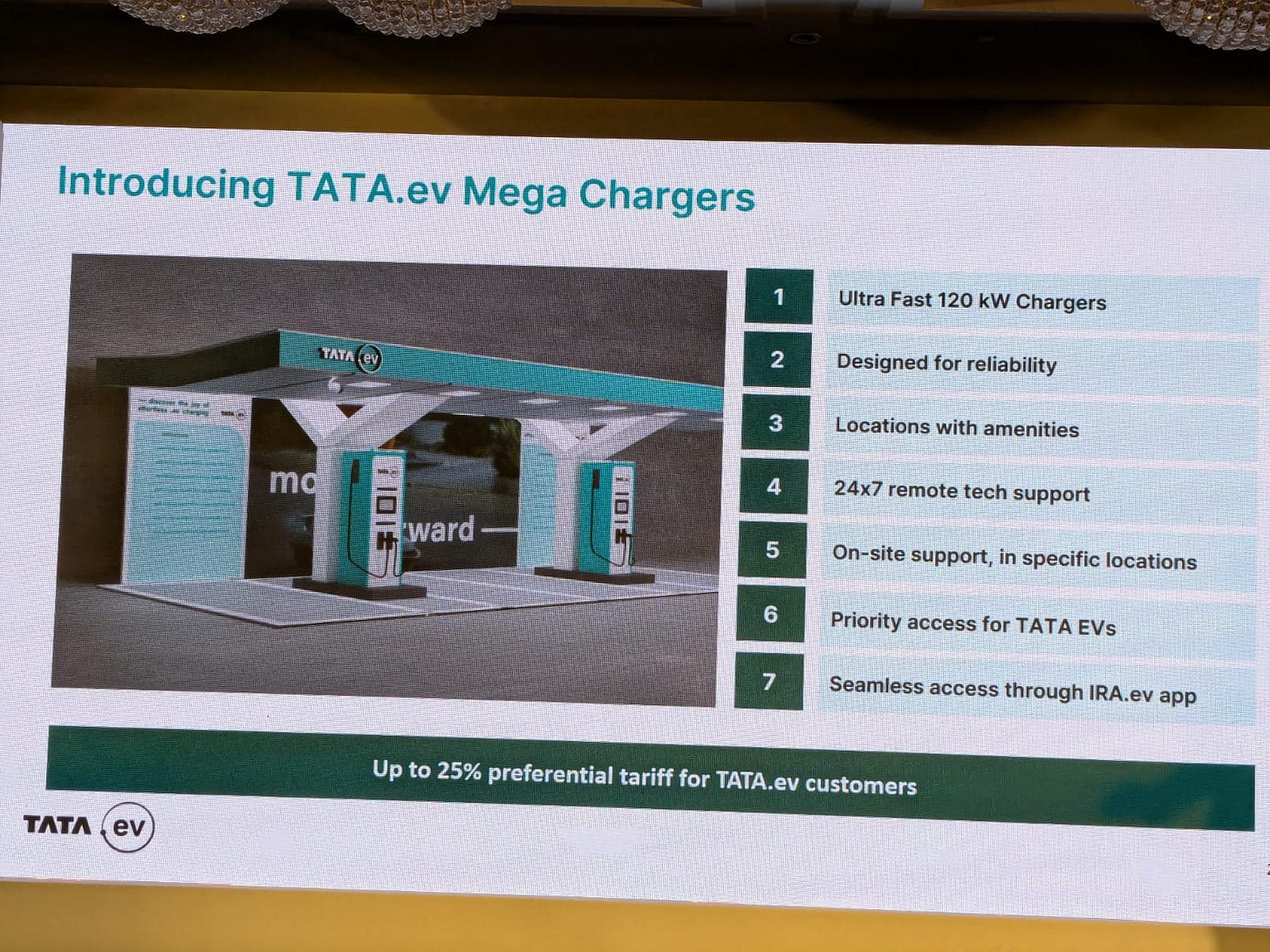
Installing 120kW chargers and calling them Mega shows how out of touch they are with market realities. This is us assuming that they will install 120kW chargers and not two 60kW ones. The representative image shows otherwise, but let’s give them the benefit of the doubt.
Out of the 10,500 odd chargers, 277 chargers are already 120kW and above. Twenty-two CPOs have already installed these 'mega' chargers, which includes Tata Power. There's only one explanation as to why Tata EV considers 120kW chargers as the ideal expansion footprint: their upcoming cars cannot take more than 120kW at any given time.
Having a better sense of the market, thirteen CPOs have already installed chargers higher than 120kW capacity, yet again, including Tata Power.
The press release quoted earlier says that TataEV plans to collaborate with key Charge Point Operators, i.e., Tata Power, ChargeZone, Statiq, and Zeon, to install 30,000 new public charging points. The key point to understand here is how much money TataEV will give to these Charge Point Operators to procure the hardware and set up the charging infrastructure, and how much money will be allocated to discount the charging experience for TataEV customers.
By the way, as of 2412 EVInfraBI, Tata Power is the 2nd biggest CPO, Statiq is 5th, ChargeZone is 8th, and Zeon is 9th.
If you are one of the lucky ones who attended the event, then do share how Tata plans to give priority access to Tata EVs. Here are the possibilities that I could think of:
They will allow booking a charging slot only for Tata EV customers - uh, that's not going to help them increase charger utilization and will gatekeep other car OEMs. The network is supposed to be open and to be used by all. Tata believes it is the Tesla of India. TataEV has grown on the backs of the investments by CPOs, including their group company, Tata Power, and other CPOs they are in partnership with, i.e., Statiq, Zeon, and ChargeZone.
If a non-Tata EV customer has booked a charging slot and a Tata EV customer shows up, they will have special powers to stop the charging and charge their Tata EV car. Remember to charge up to 100%, else you won't be following the guidelines.
The security guard wouldn't allow any non-Tata EV to come and charge here.
A charging point / charger is blocked only for TataEV cars - which will block significant revenue for CPOs.
We’ve sent multiple questions to Tata Motors team and are awaiting their response. The post will be updated once we get a response.
Mahindra
While you’re catching up on your EV news this weekend, you’ll see likely come across headlines celebrating Mahindra's latest models, the BE6 and XEV9e, amassing 30,000 bookings. I'd urge you to approach these numbers with a hefty dose of skepticism. Let's rewind back two years to when Mahindra's XUV400 supposedly secured 10,000 bookings at launch.
The chart from EVReporter reveals that Mahindra has only managed to sell slightly over 10,000 units from calendar year 2023 to November 2024. There's a stark contrast between the perception being crafted through media coverage and the reality of sales on the ground.
The title is inspired by an episode of my favourite show called The West Wing, where Allison Janney won the Emmy for Outstanding Supporting Actress in a Drama Series.
This piece is proprietary and a property of ExpWithEVs. You may not republish, copy, edit, repost or reshare this piece without prior written confirmation from ExpWithEVs via email : priyans@expwithevs.in




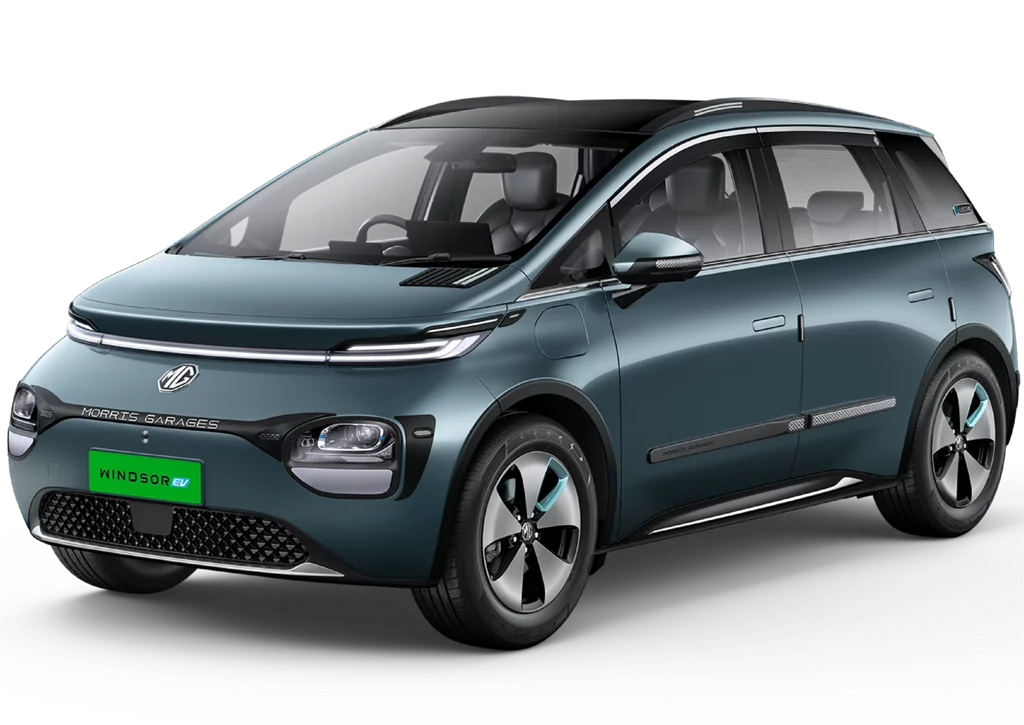
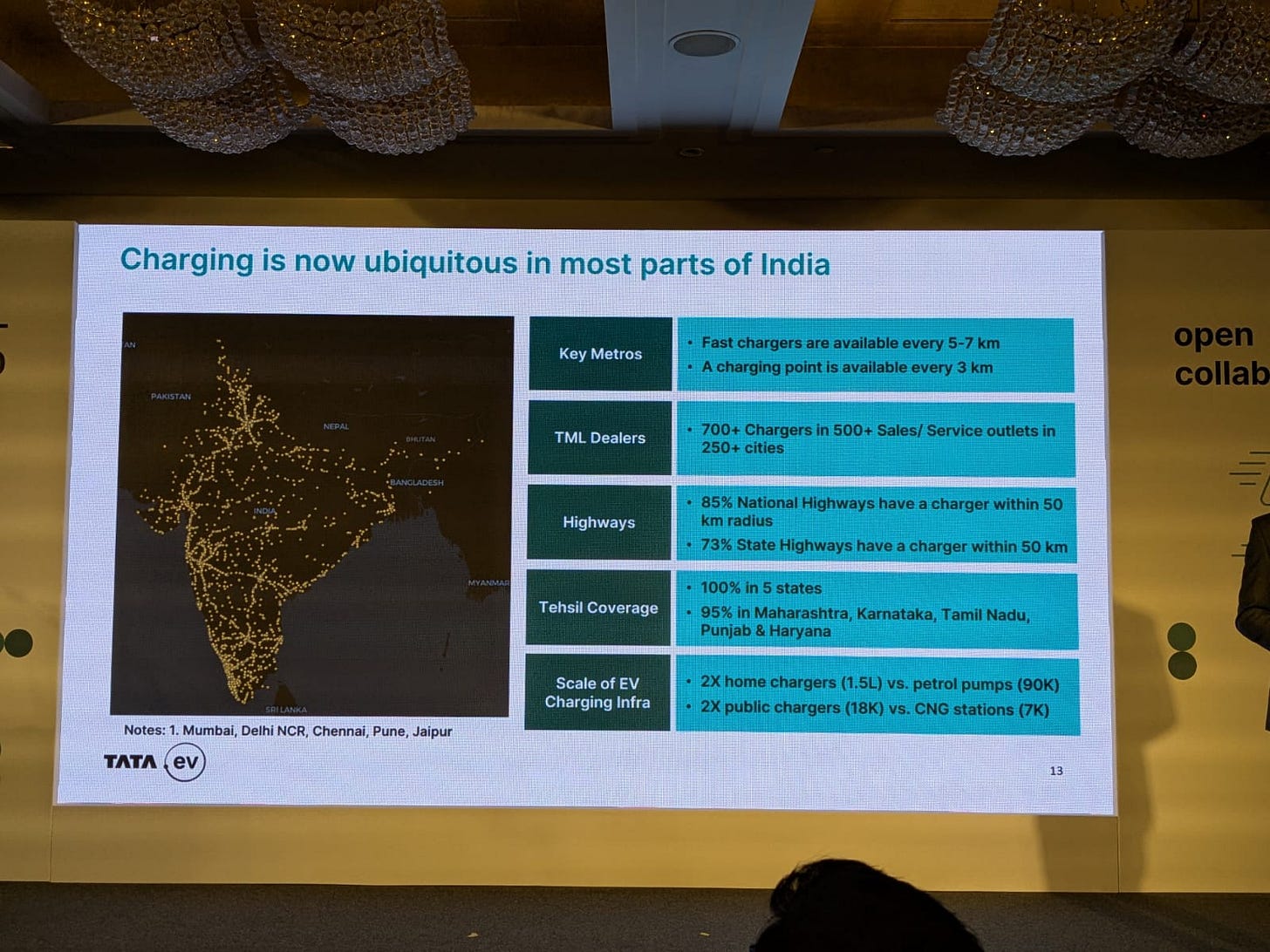
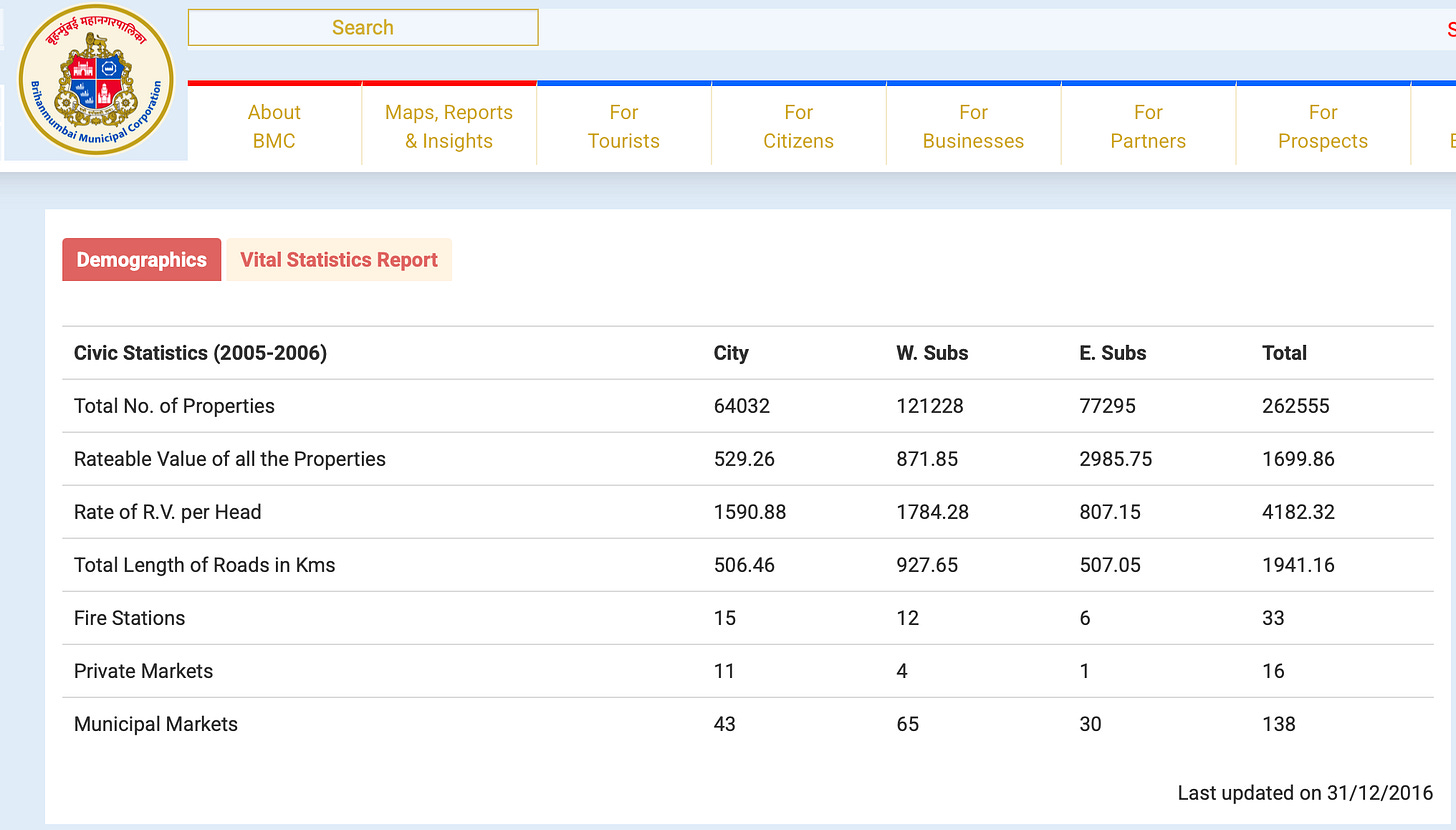
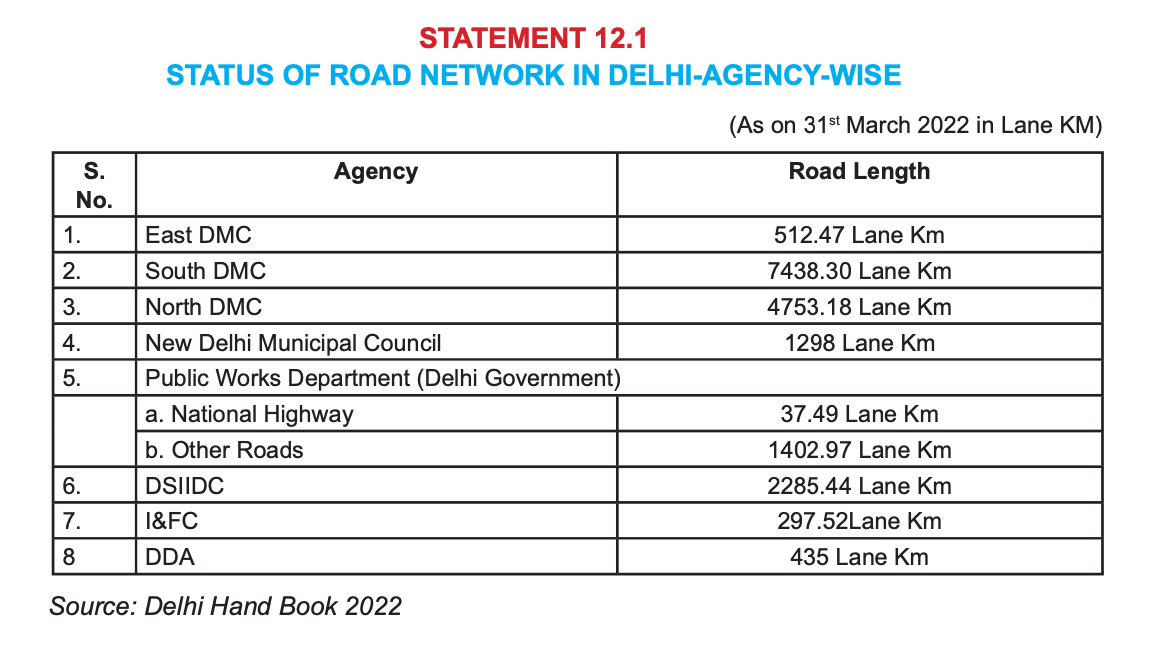
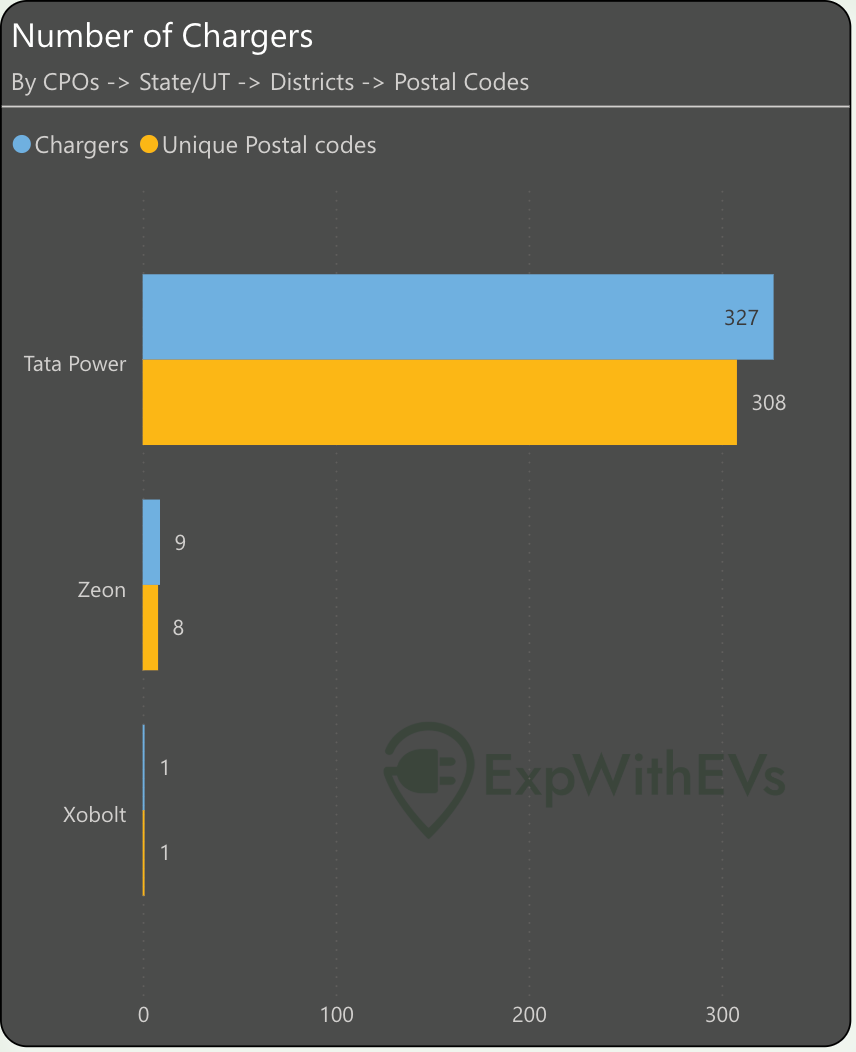
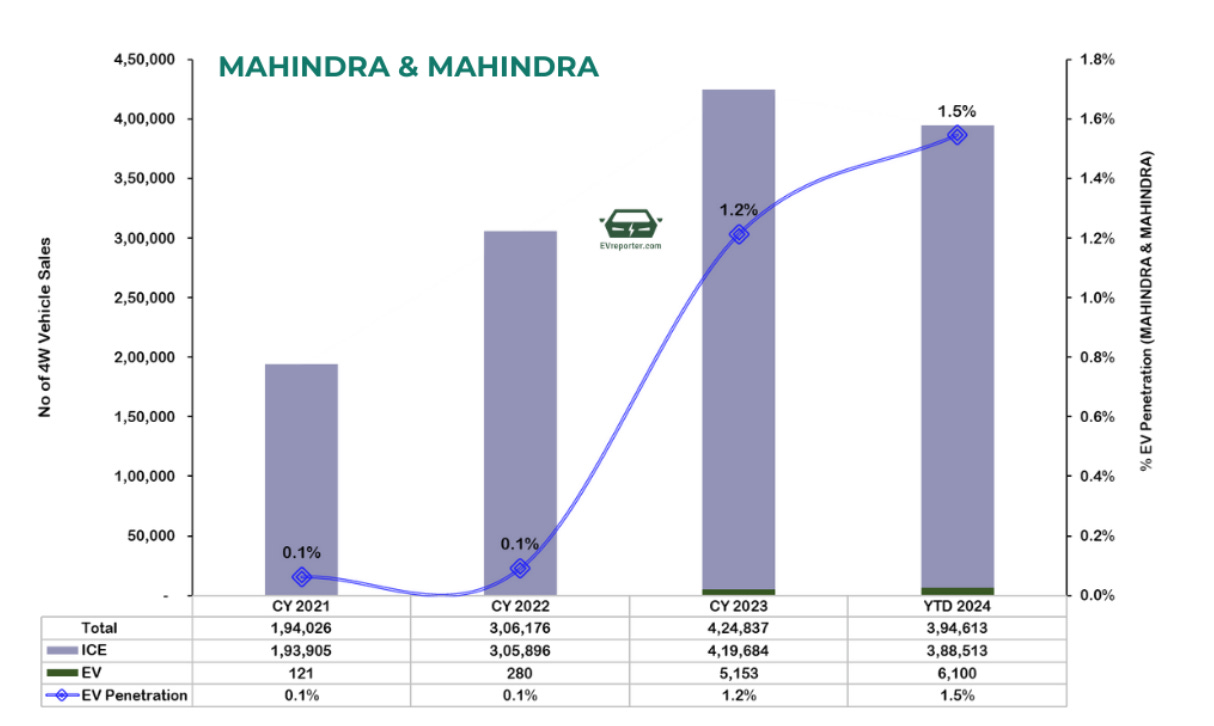
the title might be from West wing, but the tone and narrative is 'Tom Hammerschmidt' from house of cards :)